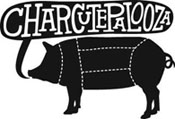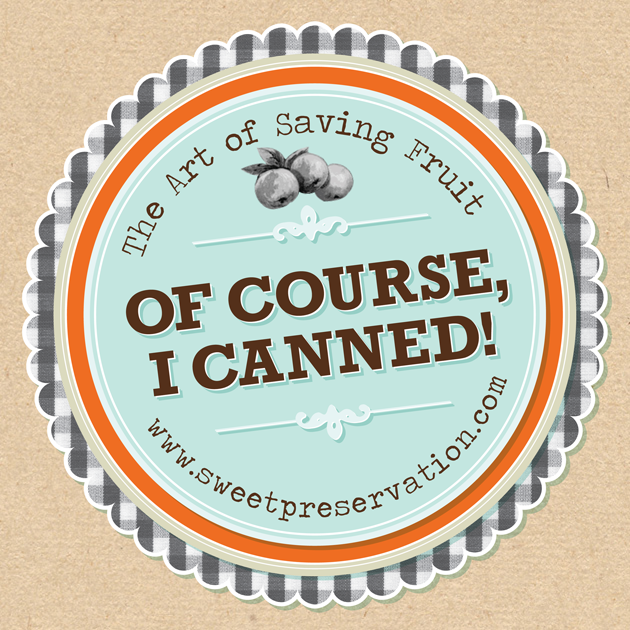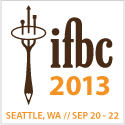Perfect Plum Jelly (without using pectin)
 Friday, September 30, 2011 at 8:19PM
Friday, September 30, 2011 at 8:19PM This Perfect Plum Jelly doesn't need added pectin. There is natural pectin in the plum pits & skins, and in the fresh lemon juice that I add while cooking. I prefer to use a Steam Juice Extractor to get the maximum amount of tasty juice from the plums. It processes a large amount of fruit with a minimum amount of hassle, and the resulting pure fruit juice is rich and thick with a luscious viscosity that makes it perfect for jelly.
If you prefer very firm jelly, you might want to check out my recipe for "Plum Jelly (with added pectin)". If you prefer not to use a commerically-produced pectin, you can make your own pectin with green (unripe) apples, but that's a whole 'nother blog post. One I haven't had the time to write yet.
Makes ~8 half-pints
- 8 cups fresh plum juice
- 6 cups sugar
- 4 TBS lemon juice (strained)
Note: Prepare canning jars before starting your preserving project.
1.) Bring all ingredients to a boil in a preserving pan, stirring constantly while the sugar is dissolving.
2.) Once the sugar has dissolved, bring the jelly to a full rolling boil that cannot be stirred down. It could take anywhere from 10-30 minutes of boiling to make jelly, depending on the consistency of the plum juice you use and the amount of natural pectin found in the fruit. Note: Slightly unripe fruit has more pectin than fruit that is too ripe.
3.) Dip a spoon into the boiling jelly. As it nears the jellying point it will drop from the sides of the spoon in 2 drops. When the drops run together and slide off in a solid sheet form the sides of the spoon, the jelly is finished and should be removed form the heat at once. (If you have a candy thermometer, the jelly will need to be about 220 degrees, sea level.)
4.) Remove foam from the jelly and ladle the jelly into clean warm jars, leaving 1/4" of headspace.
5.) Wipe rims clean with a damp paper towel, then place lids on jars. Screw bands onto jars until finger-tight.
6.) Place jars on rack in Boiling Water Bath Canner. If needed, add extra hot water to be sure jars are completely submerged with at least 1" of water before covering Boiling Water Bath Canner with the lid, bringing back to a boil, and processing for 10 minutes in Boiling Water Bath.
7.) When processing time is up, remove from the Boiling Water Bath Canner using jar-lifter tongs and place on a towel, preferably in a draft-free place, for 24 hours.
8.) Test lids for a proper seal: press down on the center of the lid. If it stays down, it is sealed. If it flexes up & down, it is not sealed.
> If jars lids are properly sealed the contents will keep for one year in a cool, dark place. If jar lid failed to seal during processing, place it in your refrigerator and eat within 3 months, or within one month of opening.
Step-by-step photos of the process
 Brook Hurst Stephens | Comments Off |
Brook Hurst Stephens | Comments Off | 







